
NO&T Thailand Legal Update
Last year, the Ministry of Digital Economy and Society (“MDES”) issued the Notification of the MDES Re: Standards for Security of Meetings Held via Electronic Means of 2021 dated 12 May 2020 (“Notification No. 1”), which aims to certify any meeting required by law to be held via electronic means as discussed in our previous article ‘Summary of Laws Concerning Electronic Technology Used in Day-to-Day Operations’ (click the link here).
Following the issuance of Notification No. 1, in the voting process in an e-meeting, the e-meeting organizer shall ensure that the attendees are able to vote by way of either a general vote or a secret ballot, depending on the arrangement※1. Recently, the Notification of the MDES Re: Standards for Security of Meetings Held via Electronic Means (No. 2) of 2021 dated 21 August 2021 (“Notification No. 2”) was published in the government gazette on 7 September 2021 and became effective on 8 September 2021, to further specifically strengthen the security standards for the e-meetings in respect of voting systems.
When attendees of an e-meeting will engage in voting, the e-meeting organizer shall ensure the following measures are taken:
In the event that the voting system is separated from the control system of the meeting, the voting via the voting system shall have the following procedures:
In addition to the above-mentioned requirements, following the Notification No. 2, Electronic Transactions Development Agency (“ETDA”) has issued the Recommendation on ICT Standards for Electronic Transactions KorMorTorOr. 26/2564 on Electronic Voting System Version 2.0 dated 13 September 2021 (“ETDA Recommendation”), which can be used as a guideline for e-voting system developers to develop a reliable e-voting system that has the necessary functions and security standards.
In this connection, even though voting by traditional means e.g., voice vote, show of hand, etc., is not considered as the voting system※4. under the Notification No. 2 (i.e., the voting system which has been specifically developed for the purposes of voting), such traditional voting method is valid so long as it complies with those explained in 2.1 above. On the other hand, if you decide to use the voting system separately from the control system of the e-meeting, the e-meeting organizer has an additional burden to ensure the requirements as mentioned in 2.2 are met.
For the ETDA Recommendation, it can be adapted to be appropriate for each e-voting system and the compliance with this ETDA Recommendation will result in passing the e-voting certification by the ETDA; however, please note that it does not certify the legitimacy of the meeting procedure or the result of voting.
Therefore, when applying the voting system under the Notification No. 2 (i.e., the voting system which has been specifically developed for the purposes of voting) in the e-meeting, it is highly recommended that the e-meeting organizer choose an e-voting system by taking into account the requirements stipulated under the Notification Nos. 1 and 2.
*1
Clause 5(4) of the Notification No. 1
*2
Clause 6 of the Notification No. 2
*3
Clause 7 of the Notification No. 2
*4
“Voting system” means a computer network system and/or any electronic communication device, including hardware and software that connects as a network and communicates with one another using information technology and communication and/or telecommunication or any other similar means used for voting (Clause 3 of the Notification No. 2).
This newsletter is given as general information for reference purposes only and therefore does not constitute our firm’s legal advice. Any opinion stated in this newsletter is a personal view of the author(s) and not our firm’s official view. For any specific matter or legal issue, please do not rely on this newsletter but make sure to consult a legal adviser. We would be delighted to answer your questions, if any.
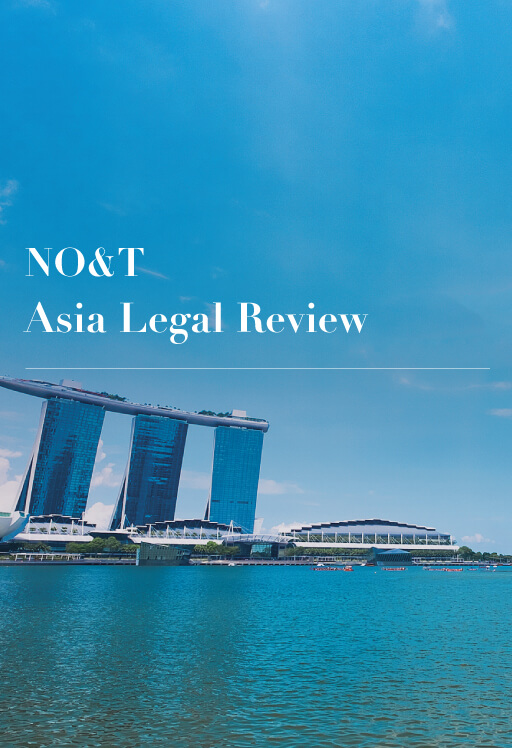

Yuan Yao Lee
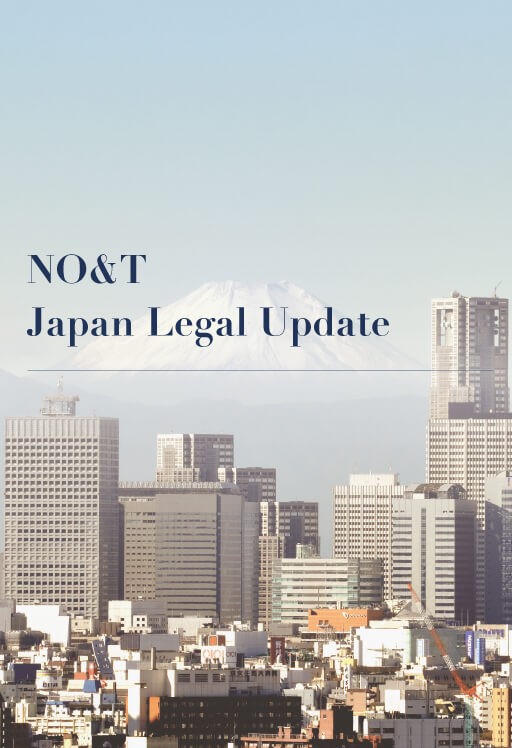

Yusei Uji


Shunsuke Minowa, Poonyisa Sornchangwat (Co-author)


Shohei Sasaki, Shunsuke Minowa, Poonyisa Sornchangwat, Kwanchanok Jantakram (Co-author)


Yusei Uji
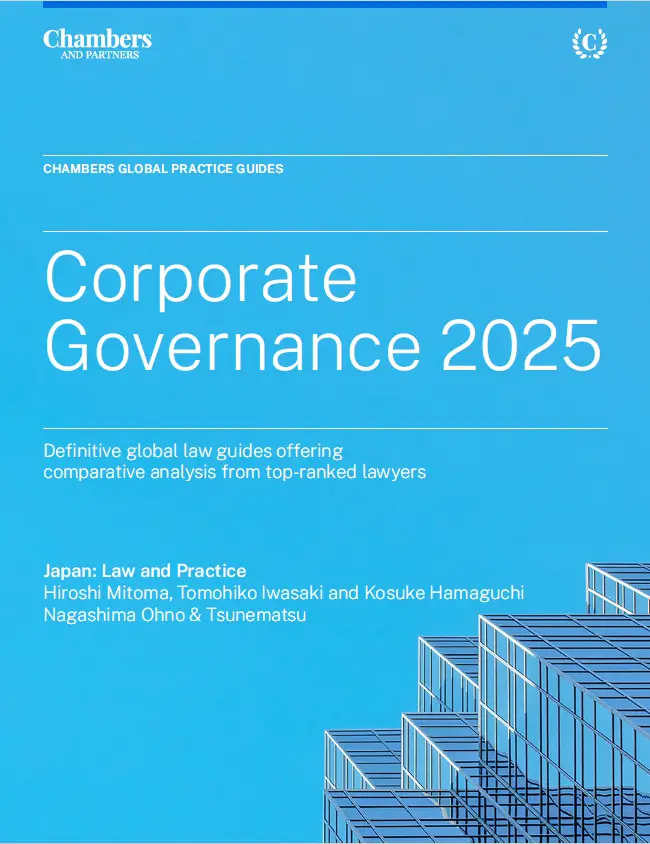

(June 2025)
Hiroshi Mitoma, Tomohiko Iwasaki, Kosuke Hamaguchi (Co-author)


Chattong Sunthorn-opas, Thunsinee Sungmongkol (Co-author)


Ario Putra Pamungkas


Hoai Truong
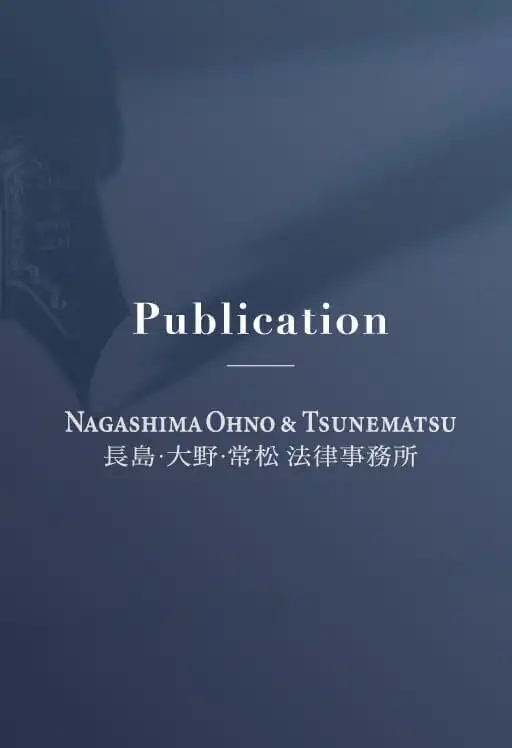

(August 2025)
Keiji Tonomura, Yoshiteru Matsuzaki (Co-author)


(July 2025)
Ryo Okubo, Yu Takahashi, Uchu Takehara, Naoto Obara (Co-author)
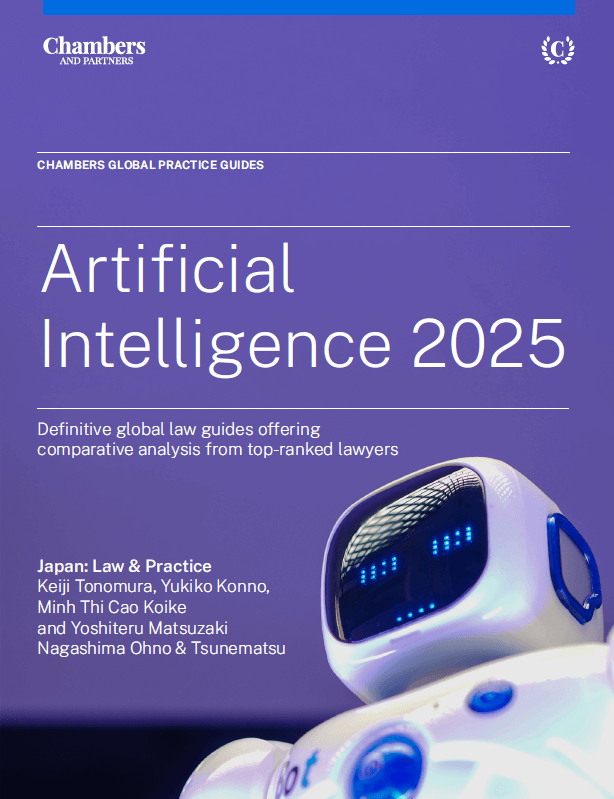

(June 2025)
Keiji Tonomura, Yukiko Konno, Minh Thi Cao Koike, Yoshiteru Matsuzaki (Co-author)


(August 2025)
Keiji Tonomura, Yoshiteru Matsuzaki (Co-author)


(April 2025)
Keiji Tonomura, Akira Komatsu (Co-author)


Poonyisa Sornchangwat, Kwanchanok Jantakram (Co-author)
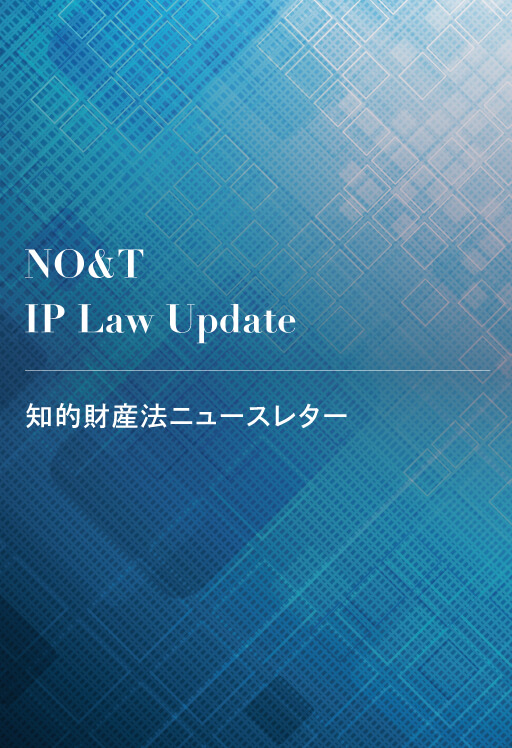

Kenji Tosaki, Takahiro Hatori, Nozomi Kato (Co-author)
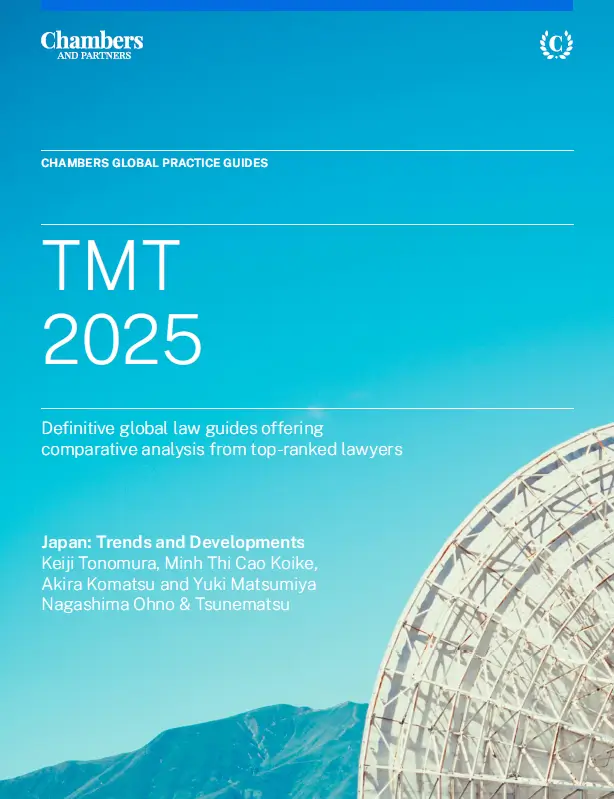

(February 2025)
Keiji Tonomura, Minh Thi Cao Koike, Akira Komatsu, Yuki Matsumiya (Co-author)


(August 2023)
Shiro Kato
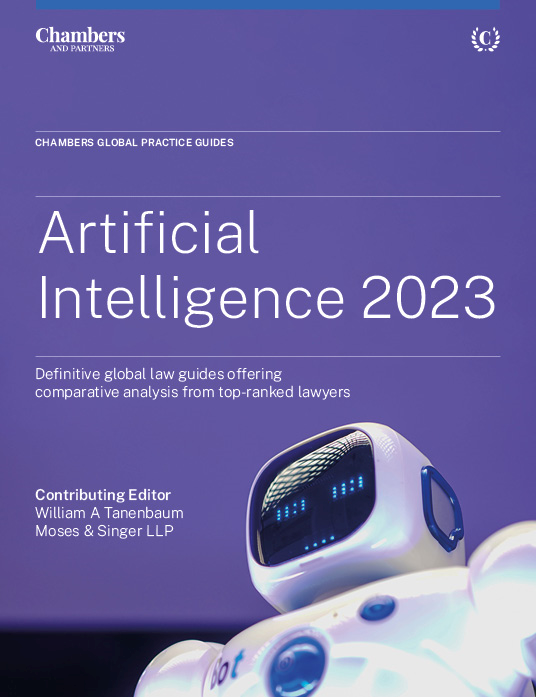

(May 2023)
Keiji Tonomura, Hayato Maruta, Soma Ishii (Co-author)
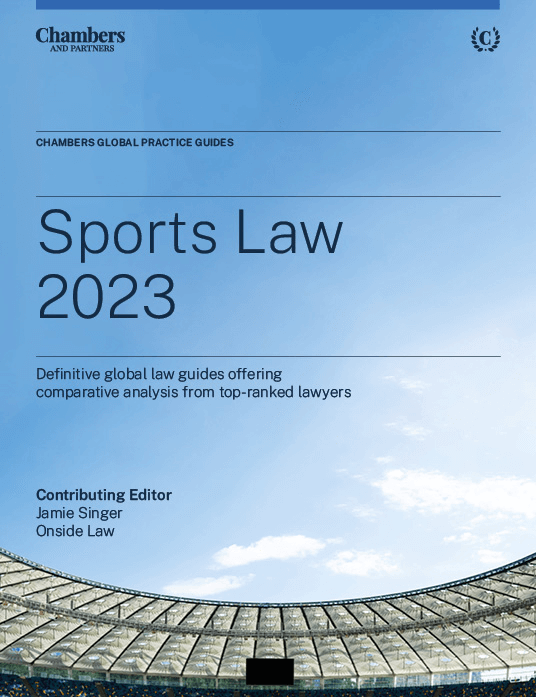

(April 2023)
Shiro Kato


Claire Chong, Nozomi Kato (Co-author)


Yuan Yao Lee


Hoai Truong


Nopparak Yangiam, Parot Promkam (Co-author)


Claire Chong, Nozomi Kato (Co-author)


Yuan Yao Lee


Hoai Truong


Nopparak Yangiam, Parot Promkam (Co-author)


Nopparak Yangiam, Parot Promkam (Co-author)


Shunsuke Minowa, Poonyisa Sornchangwat (Co-author)


Shohei Sasaki, Shunsuke Minowa, Poonyisa Sornchangwat, Kwanchanok Jantakram (Co-author)


Yothin Intaraprasong, Theerada Temiyasathit (Co-author)